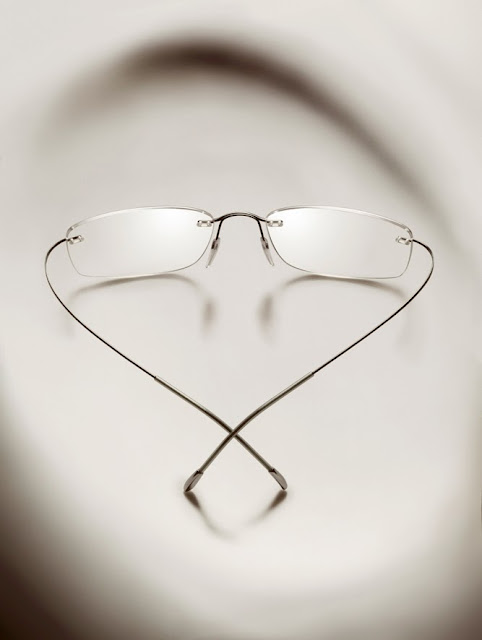Wedha Abdul Rashid or wedha was born in Cirebon, March 10, 1951 — known as a illustrator, initiate this color mosaic style since the 1990's. To get rid of a sense of boredom in doing the realism illustrations which often he do, he began to alter the existing gradation in skin tone and drapery into color plots using pencil, watercolor and poster paint. When the art technology era arrived, Wedha cultivate the process of "gradation destruction" it with a computer. For Wedha "the essence of color" not on the gleam of image as it is written in physics theory (red, yellow, blue), but on its nature: color front and rear, as well as bright color and dark colors. Geometric particles also do not have to displayed stiff, But have flexibility in responding the image area. For him, the geometric particle do not contain elements of curves, because a curve is assumed to occur from a series of short straight lines. Wedha then arrange, selecting, managing and managing these color areas one by one. The process of preparation of colors and complex field running under the knowledge and total comprehension on character and biography of a figure depicted. Here he acted like a mozaikus arrange ceramic plates and glass. Various colors that appear in this geometric fragment of at later stages was calculated in detail to composed like a mosaic then forming figure nor objects. In harmony with the colors is selected, the figure which displayed as objects are popular figures in society, such as Jimi Hendrix, Marilyn Monroe, Paul McCartney, Elvis Presley, Bung Karno. John Lennon, Jakob Oetama, Iwan Fals, Barack Obama, Slank personnel until Agnes Monica.
Maybe not alleged by wedha, penchant for his painting style until after the end of 2010 has been followed by many people. And they come from various professions. From professional graphic designers, students, photographers, businessmen till housewives. The success of this are reflection of the efforts of contemporary artists who are good at utilizing modern information technology to ascend to the top of discourse. Great pop artworks from wedha, plus the presentation of discourse and thought, included a bonus making techniques, he introduced them via online media such as facebook and other. From here then born a collection of fan works Wedha, who originally formed in the deviantART community. Interestingly, in this community Wedha bluntly teaches the technique of making his work, so that could be followed by anyone who wants to join the ranks Wedha's Pop Art Portrait (WPAP).
Wedha believe, that the people of Indonesia will be involved more far in the creation of pop art because it offers the impression that everyone can participate
"I believe, that pop visual art will be involved Indonesian society more in and the people of Indonesia will be involved more far in the creation of pop art because it offers the impression that everyone can participate. So far I see that the perpetrators of art pop art is always the people of Europe and America. Though the Indonesian people also have a great chance to come forward. ", Said Wedha.



.jpg)







